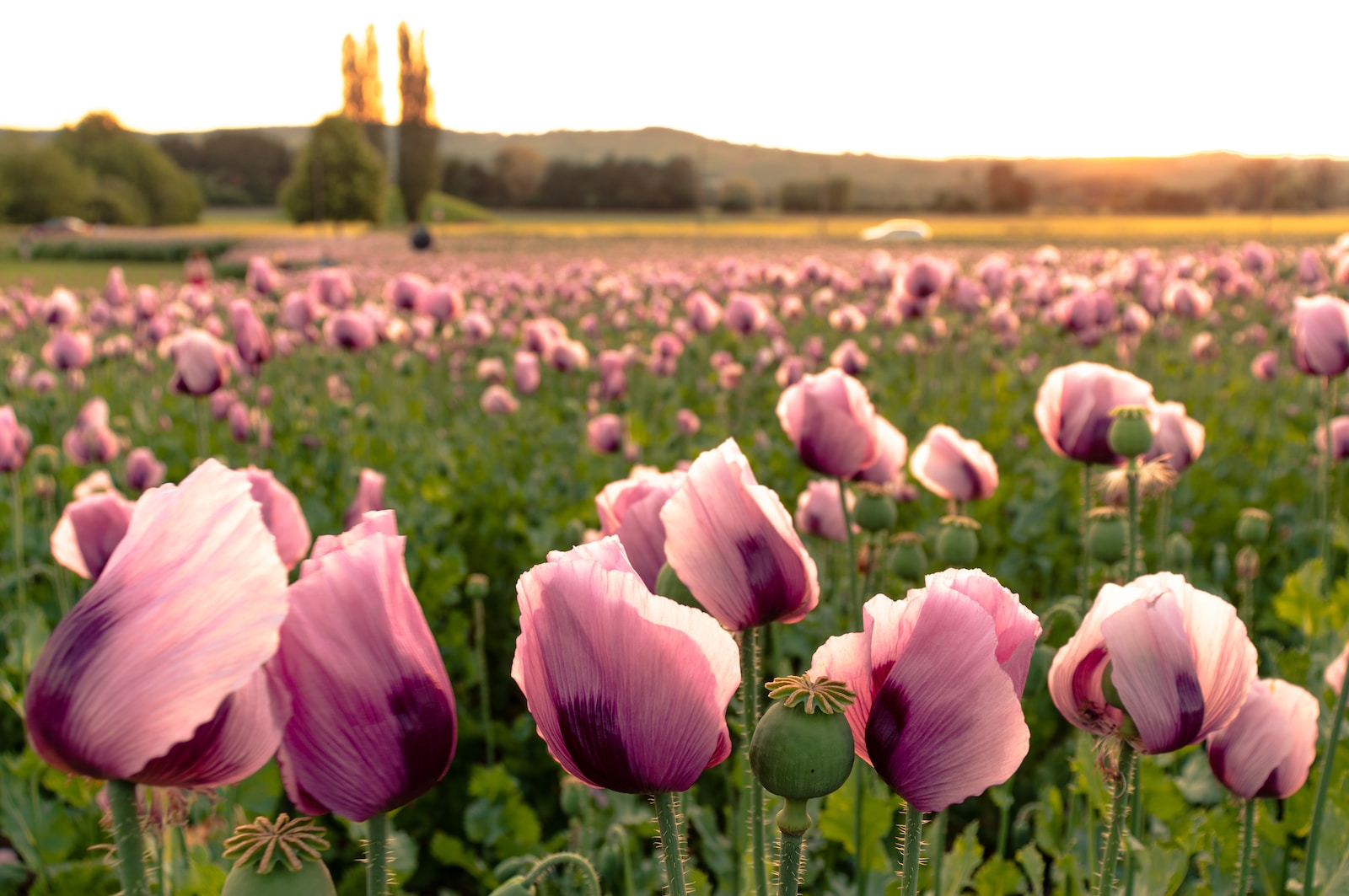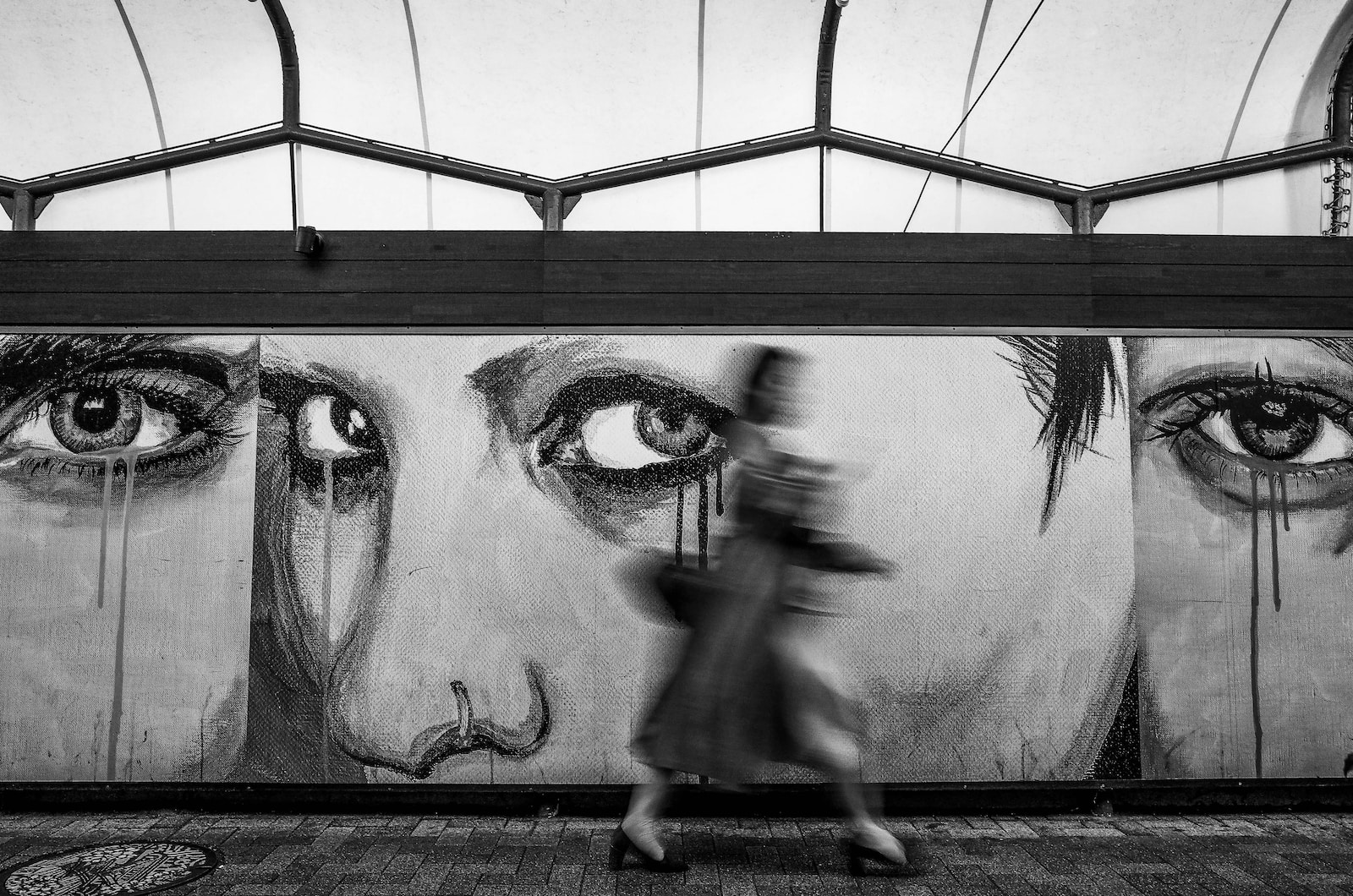Welcome to “Finding Symmetry: A Unique Approach to Composition,” where we explore the captivating world of symmetry in photography. Discover the power of balance and harmony in visual art as we delve into the benefits of using symmetry to create awe-inspiring images. Unearth the secrets of identifying and framing symmetrical situations, igniting your creativity and taking your photography to new heights.
Table of Contents
- Finding Balance in Photography
- A Relatable Story: The Benefits of Symmetry in Photography
- Frequently Asked Questions
- What is symmetry in photography?
- Why is symmetry important in photography?
- How can I identify situations where symmetry can be used?
- What techniques can I use to frame symmetrical compositions?
- Are there any photography genres that benefit particularly from using symmetry?
- Does symmetry always imply a static or boring composition?
- Wrap Up
Finding Balance in Photography
Photography is not just about capturing a moment, but also about evoking emotions and creating captivating compositions. One way to achieve this is through symmetry, the art of creating balance and harmony in your images. When elements in an image mirror each other perfectly, it creates a sense of equilibrium, drawing the viewer’s eye and creating a visually pleasing experience. Symmetry allows us to find beauty in even the most ordinary objects and scenes.
Identifying Symmetry: The Art of Seeing
Training your eyes to identify symmetry can seem like a daunting task, but with practice, it becomes second nature. Start by focusing on basic shapes and patterns in your surroundings. Look for lines, curves, and repeating elements that can be mirrored or balanced within your frame. Whether it’s an architectural marvel, a natural landscape, or an abstract composition, symmetry can be found everywhere if we train ourselves to see it.
The Power of Reflections
Reflections offer a powerful tool for creating symmetry in photography. Water bodies, glass surfaces, or even polished floors can serve as mirrors, transforming an ordinary scene into a symmetrical masterpiece. Experiment with different angles and perspectives to capture reflections that enhance the overall composition and create a sense of duality. Reflections not only add visual interest but also intensify the sense of balance and harmony.
Breaking the Symmetrical Mold: Dynamic Imbalance
While symmetry gives images a sense of stability and tranquility, occasionally, breaking the mold can lead to captivating results. Dynamic imbalance, also known as asymmetry, can convey movement, energy, and a sense of tension in your photographs. By strategically placing subjects outside the central axis or creating an unbalanced composition, you can create a visually compelling image that challenges expectations and adds a hint of drama.
Creating Symmetry in Post-Processing
Even if your original composition lacked symmetry, fear not! With the help of post-processing tools, you can achieve symmetry and balance in your images. Crop, rotate, or clone elements to create a more symmetrical composition. Experimenting with different editing techniques can unleash your creativity, allowing you to transform an ordinary photo into a symmetrical work of art.
The use of symmetry can be traced back to ancient civilizations, with the Egyptians and Greeks embracing this concept in their architecture and art, believing it represented divine perfection.
Unlock the Power of Symmetry
Symmetry in photography is a potent tool that fosters a sense of harmony and balance in your compositions. By training your eye to recognize symmetry, embracing reflections, and breaking the symmetrical mold when necessary, you can create visually captivating and emotionally resonant images. So, challenge yourself to find symmetry in unexpected places and unlock the potential to create photographs that truly stand out.
A Relatable Story: The Benefits of Symmetry in Photography
Imagine this: you’re out exploring with your camera, searching for that perfect shot. You stumble upon a scene that catches your eye – a beautiful garden adorned with a symmetrical pathway lined with vibrant flowers. The symmetrical composition immediately draws you in, creating a sense of balance and harmony. You can’t help but press the shutter and capture the moment, knowing that you’ve stumbled upon a truly unique photograph.
This relatable story highlights the power of symmetry in photography. The use of symmetric elements in an image can create a visually appealing composition that captures the viewer’s attention. Whether it’s the reflection of a landscape in a calm lake or the repetition of patterns on a building’s facade, symmetry can add a touch of elegance and balance to your photographs.
The Benefits of Using Symmetry in Photography
There are several benefits to incorporating symmetry into your compositions:
- Creates a sense of harmony: Symmetry evokes a feeling of balance and order in an image, bringing a sense of calmness and serenity. It appeals to our natural sense of visual harmony and can create a pleasing and harmonious photograph that captures the viewer’s attention.
- Enhances visual impact: By incorporating symmetry, you can create a strong visual impact that immediately grabs the viewer’s attention. A symmetrical composition can make the subject stand out and create a powerful visual statement.
- Highlights patterns and shapes: Symmetry often goes hand in hand with patterns and shapes. By using symmetry, you can emphasize repeating patterns and shapes, adding depth and interest to your photographs. The repetition of these elements can create a mesmerizing effect that captivates the viewer.
- Allows for creative exploration: Symmetry provides endless opportunities for photographers to explore their creative vision. It encourages you to experiment with different angles, perspectives, and framing techniques to capture the perfect symmetrical shot. The process of searching for symmetry in your surroundings can also be a fun and rewarding experience.

Frequently Asked Questions
What is symmetry in photography?
Symmetry in photography refers to a compositional technique where the elements in an image are arranged in a way that creates a sense of balance and harmony. It involves capturing subjects that have a mirror-like reflection or equal visual weight on both sides of the frame.
Why is symmetry important in photography?
Symmetry is important in photography as it adds a sense of order and balance to an image. It can create a visually pleasing composition that draws the viewer’s attention and gives a sense of harmony. Symmetry can also evoke a feeling of tranquility and serenity.
How can I identify situations where symmetry can be used?
Identifying situations where symmetry can be used in photography requires a keen observation of your surroundings. Look for subjects or scenes that have a natural line of symmetry, such as reflections on water surfaces, architectural structures, or patterns in nature. Pay attention to shapes, patterns, and repetitive elements that can be mirrored or balanced.
What techniques can I use to frame symmetrical compositions?
When framing symmetrical compositions, there are a few techniques you can utilize. Firstly, you can position your subject centrally within the frame to create perfect symmetry. Alternatively, you can use the rule of thirds to place the subject off-center while maintaining symmetrical elements on both sides. Additionally, you can experiment with reflections, leading lines, and perspective to enhance the overall symmetry of your composition.
Are there any photography genres that benefit particularly from using symmetry?
While symmetry can be effectively incorporated into various genres of photography, certain genres seem to benefit more from its usage. Architectural photography often relies on symmetry to highlight the balance and elegance of buildings. Landscape photography can take advantage of symmetrical reflections in water bodies or symmetrically aligned natural formations. However, symmetry can enhance the impact of any genre when implemented correctly.
Does symmetry always imply a static or boring composition?
No, symmetry does not necessarily lead to a static or boring composition. While symmetrical compositions can give a sense of stability, they can also be dynamic and visually captivating. By incorporating elements of contrast, leading lines, or unexpected angles, you can create a visually interesting and engaging symmetrical composition.
Wrap Up
As we conclude our exploration into the world of symmetry, balance in photography, shapes, and patterns, we hope you’ve gained a deeper appreciation for the power and beauty they bring to an image.
Remember, symmetry is not solely about mirrored reflections. It can be found everywhere, from architecture to nature, and even in everyday objects. By embracing symmetry, you can create visually captivating photographs that evoke a sense of harmony and balance.
Now it’s your turn! We’d love to hear about your experiences with symmetry in photography. Have you ever consciously sought out symmetrical compositions? Share your thoughts, tips, and stories in the comments below.
Don’t forget to stay connected with our blog for more insights, tips, and tricks to enhance your photography skills. Happy shooting!



